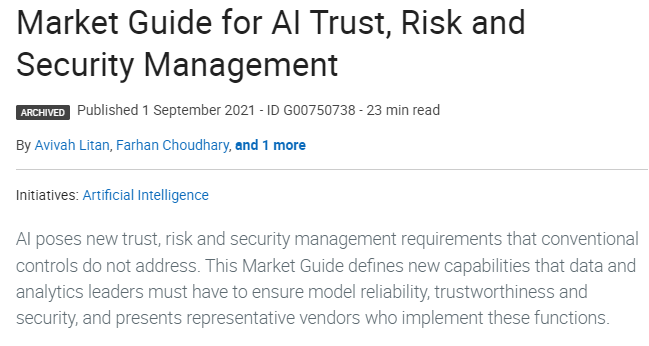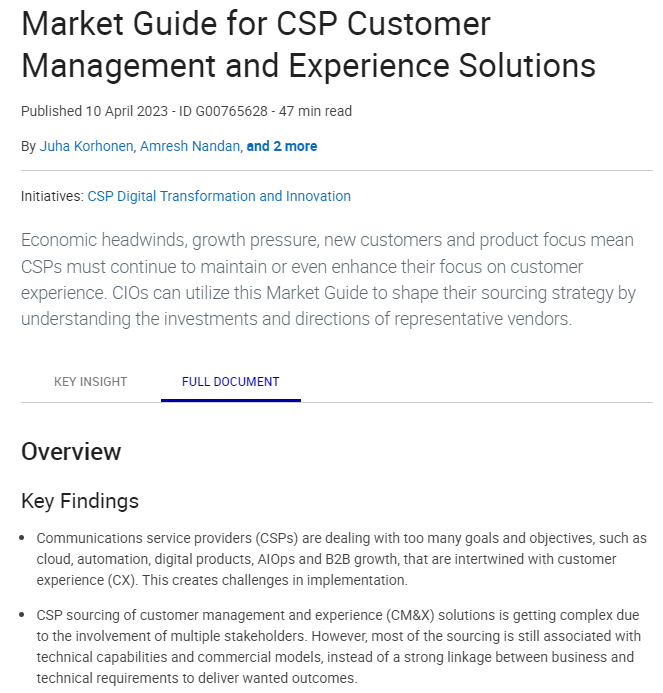
Moving Core Functions to the Cloud: Cloud as Innovation Accelerator for CSPs
Moving Core Functions to the Cloud: Cloud as Innovation Accelerator for CSPs
As technology continues to advance, businesses must keep up with the pace of change to remain competitive. For Communication Service Providers (CSPs), the adoption of cloud technology has been a key part of this evolution. By leveraging the cloud's agility, scalability, and resilience, CSPs can deliver innovative services, and unlock the full potential of their business investments. While these are major decisions, in this article we present an argument on why such investments are fundamental to the business strategy ahead.
Cloud as the backbone for 5G catalysed growth
The debate of moving core CSP business components to cloud has been ongoing for over a decade now, most arguments hover around cost and the need for distribution of capital as OpEx (operating expenses). There is no denial, such considerations are fundamental to any business plan. However, over the last decade – Cloud has evolved from just being computers in someone else’s data centre – today the true power of cloud is seen in two aspects – first, the evolution of cloud as complete app development and deployment platform. Second, the massive ecosystem of players that exists around cloud enables rapid innovation at a pace that was never possible earlier.
So today, the real value cloud brings to the table is – rapid innovation.
Case in point, 5G promises to be a game-changer for the CSPs, while the real inflection point driven by 5G is yet to come – there is one thing for certain, 5G will open gates for a completely new range of digital services which are not in existence today – whether these are direct to consumer services or industry services driven by Industry 4.0.
So then, we believe the best organizations that would succeed in the future – would be those, who can outpace their competitors by innovating rapidly. A successful business would not be married to one way of doing things – but would be willing to try various business models and service compositions – before hitting the product market fit.
Such rapid development – needs business functions such as BSS to be designed natively for cloud or as the world would call it born-in-cloud. In fact, we argue that BSS systems are transitioning from Business Support Systems to Business Enablement Systems. Legacy BSS products – which were designed for a different era, are struggling to create this agility, as they do not natively integrate into the core platform capabilities of Cloud.
BSS functions (or business enablement functions) today should not be imagined to be massive systems running the core of CSPs, but a catalog of micro-functions that are available to be consumed natively from the cloud. These functions can be directly consumed from cloud marketplaces, integrated easily into any other service in the cloud ecosystem, and do so at a very rapid pace. These micro functions, combined with the low-code developer-first platforms, make it possible for businesses to focus on imagining the services required to serve their customers.
Rise of intelligence services
If there was ever a time, when AI had reached the pinnacle of hype – it is probably now. However, businesses do not run purely on hype – businesses need to take a pragmatic approach to apply intelligence to business functions.
A key to evolving businesses in this era is to think about intelligence to be embedded in business functions. Many businesses still seem to think, of AI, Machine Learning, and Big Data – as an afterthought. Massive big data projects have failed, as they were always ancillary to the core business. We believe cloud- native business functions will be infused with purpose-built intelligence modules to ensure a heightened purpose.
AI engineering platforms, enable businesses to infuse intelligence while composing services. Enabling composition of a purpose-built solution – which is designed for the very purpose it needs to fulfil. Relying on generic AI models or multipurpose models, have limitations – and often comes at the cost of either compromising customer experience or impacting business goals.
Navigating CSP Approaches for Cloud Integration
One approach that CSPs can take is transformation, which involves rebuilding core systems from the ground up as cloud-native applications using the latest technologies. This approach offers the highest level of flexibility and scalability but may also be the most expensive and time-consuming.
We believe cloud platforms present a strong case for core functions to be moved to the cloud and updated with modern technology as needed. This approach can be less costly and time-consuming than transformation but may also result in some legacy system limitations.
In conclusion, the next step for CSPs' cloud adoption is moving core systems to the cloud in a way that meets their unique needs and goals. CSPs can take multiple routes to take their current on-premises core mission-critical systems to the cloud. But regardless of the approach taken, moving core systems to the cloud is a crucial step for CSPs to remain competitive in today's fast-paced technology landscape. And, while this may seem daunting, CSPs have multiple options available to them.
Biswajit Deva Sharma
Chief Technology Officer (CTO) & Head of SaaS



















